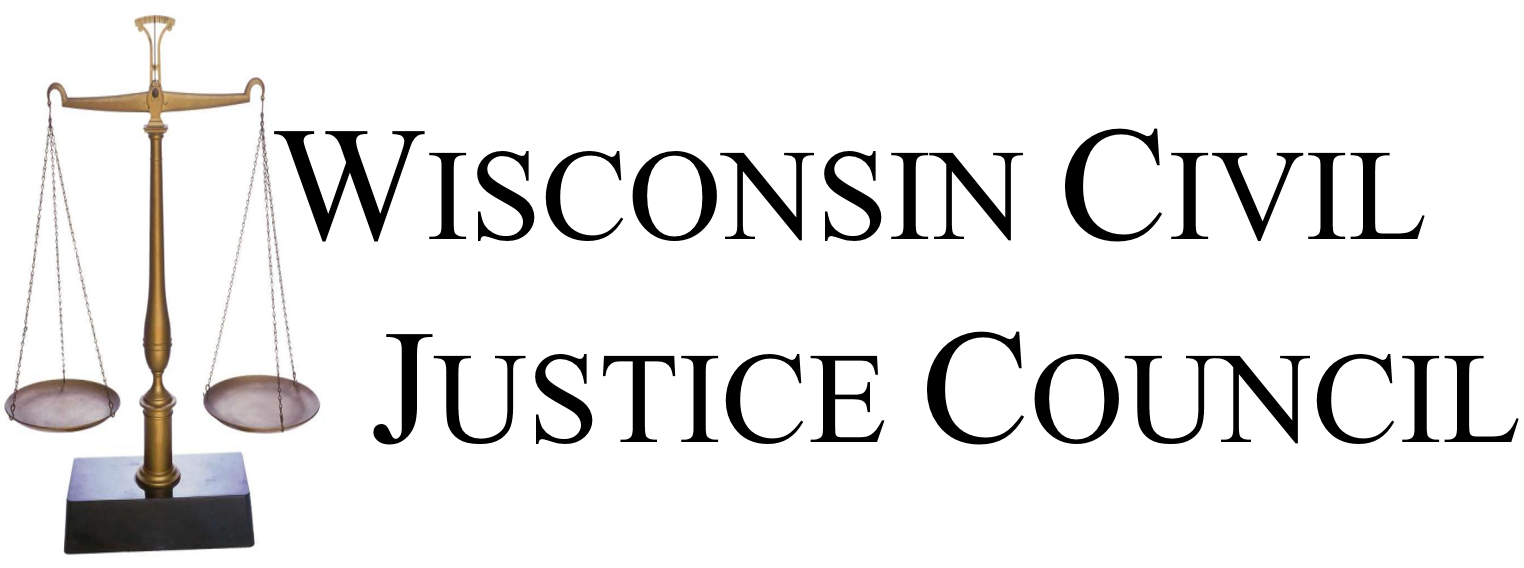In Town of Little Wolf v. Waupaca County (2017AP1941), the Court of Appeals District IV upheld Waupaca County’s decision that a mine was a lawful nonconforming use after the passage of a non-metallic mining ordinance.
In 2015, Waupaca County passed the non-metallic mining ordinance, which requires new and expanding mines to obtain conditional use permits. The Waupaca County Planning and Zoning Committee determined that the Theil Pit mine was a lawful nonconforming use. Accordingly, the Theil Pit operators did not need to obtain a conditional use permit since the mine operated prior to the passage of the ordinance.
The Town of Little Wolf appealed the Zoning Committee’s decision, arguing that the Thiel Pit was not a lawful nonconforming use because its operators had failed to comply with a previous ordinance requiring them to obtain a reclamation permit. However, the court ruled that, whether the Thiel Pit was in violation of the reclamation ordinance or not, the mine was still operating legally in regard to zoning laws. The court stated that noncompliance with a regulatory, non-zoning ordinance like the reclamation ordinance does not prohibit the mine from continuing to be zoned as a lawful nonconforming use.
The court also rejected the town’s arguments that Waupaca should have considered whether the Thiel Pit was a public nuisance, that the appeal process violated the town’s due process rights, and that there was a conflict of interest related to a Waupaca attorney.
